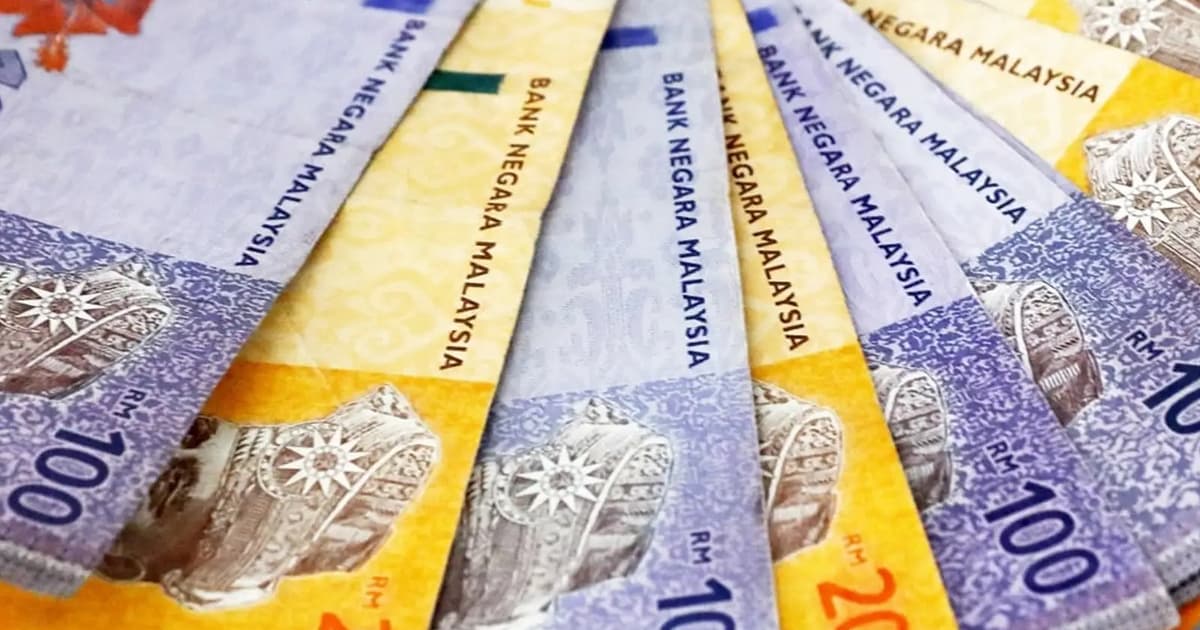
Malaysia’s ringgit is poised to restart a rally, potentially hitting its strongest level against the US dollar in almost a year, as analysts see a dovish central bank and fiscal pledges boosting sentiment.
The ringgit may appreciate to RM4.15 per dollar in the fourth quarter on further central bank easing, according to Oversea-Chinese Banking Corp (OCBC), while Malayan Banking Bhd forecasts RM4.10 by December.
MUFG Bank Ltd expects a gain of 1.5% from current levels as a US tariff deal boosts Malaysia’s export competitiveness.
The ringgit’s rebound from an April low has stalled, but upcoming inflation data may revive expectations of Bank Negara Malaysia (BNM) rate cuts, spurring bond inflows.
While looser monetary policy can weigh on currencies, prospects of a Federal Reserve cut in September reduce the risk of a selloff against the dollar.
Analysts are now focusing on the potential benefits of lower domestic rates, with currency sentiment further buoyed by government structural reforms that may support long-term growth.
Expectations for a stronger ringgit also hinge on sustained foreign inflows and the government’s “commitment to follow through on fiscal consolidation,” said Christopher Wong, executive director and foreign-exchange strategist at OCBC.
His bank projects another rate cut by Malaysia’s central bank later this year.
Global funds poured a record RM$4.3 billion into Malaysia’s bonds in the second quarter, betting the last rate-cut holdout central bank in Southeast Asia would lower rates – a move BNM delivered with a 25-basis-point reduction in July.
Prospects of looser US monetary policy and a weaker dollar may also stoke demand for Malaysia’s sovereign debt.
Risks remain despite Malaysia securing a reduction in the US reciprocal tariff rate to 19% from a threatened 25%.
Some analysts warn that global trade volatility could still weigh on the currency.
“The prolonging of the trade uncertainty, and the lingering possibility that the tariffs land higher than current levels” presents a sizeable risk for Malaysian businesses,” said Matthew Ryan, head of market strategy at Ebury Partners.
In this scenario, “we would expect a moderate hit to Malaysia’s economy, and a more pronounced sell-off in the ringgit,” he said.
Prime Minister Anwar Ibrahim unveiled an ambitious five-year plan to boost growth through 2030, alongside a one-time RM2.8 billion (US$665 million) stimulus with cash handouts and lower fuel prices.
However, the government has also made attempts to rein in fiscal largesse, including cutting diesel subsidies and expanding the sales and service tax.
These measures, combined with contained inflation – “which could give rise to market expectations for further BNM policy easing,” – are seen as a key pillar for the ringgit’s strength, according to Lloyd Chan, a currency strategist at MUFG, who expects the currency to reach RM4.15 by year-end.
“What stands out for the ringgit is the ongoing government-led structural reforms aimed at boosting productivity and enhancing fiscal discipline, which should provide enduring support for the currency,” he said.
The ringgit closed at RM4.2120 on Friday.
This week’s main economic events:
Monday, Aug 18: Thailand Q2 GDP; Singapore non-oil domestic exports
Tuesday, Aug 19: Australia consumer confidence; Malaysia trade balance
Wednesday, Aug 20: New Zealand rate decision; Bank Indonesia rate decision; Japan trade balance; China 1- and 5-year loan prime rates; Taiwan export orders; Taiwan Q2 BoP current account balance; Indonesia Q2 BoP current account balance
Thursday, Aug 21: South Korea 20-day exports/imports; New Zealand trade
Friday, Aug 22: Japan CPI; Malaysia CPI






